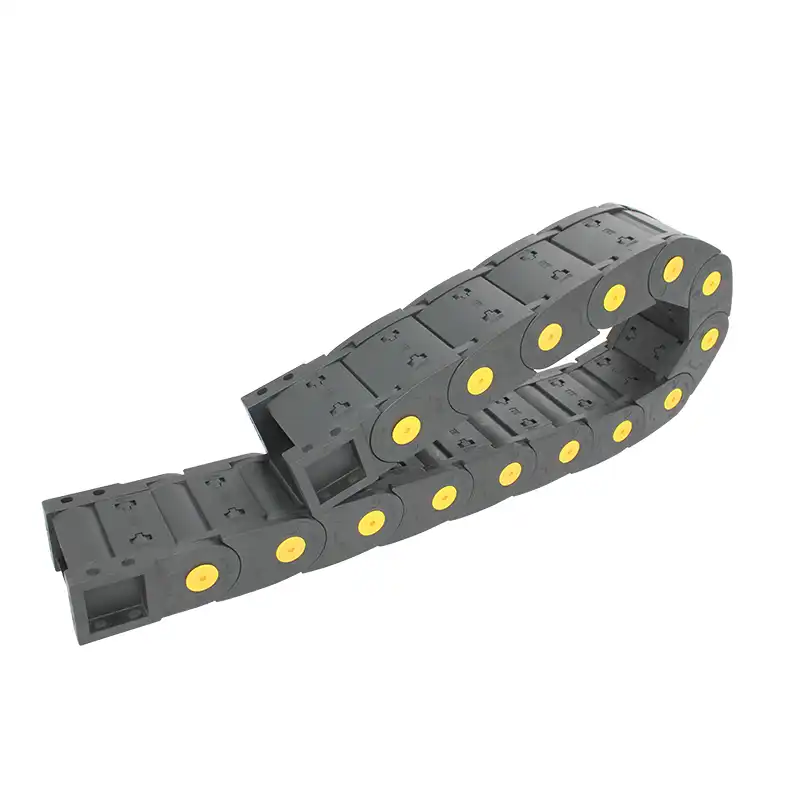chip conveyor types
Understanding Chip Conveyor Types A Comprehensive Guide
In the world of manufacturing and machining, the efficient handling of metal chips and scrap is crucial to maintaining productivity and cleanliness on the shop floor. One of the essential tools designed for this purpose is the chip conveyor. This machinery is specifically engineered to remove chips and debris generated during the machining process, thereby ensuring uninterrupted operations. There are several types of chip conveyors available, each suited for different applications and materials. In this article, we will explore the various types of chip conveyors, their functions, and their advantages.
1. Scraper Chip Conveyors
Scraper chip conveyors are among the most commonly used in machine shops. They consist of a series of metal scrapers mounted on a chain that runs through a trough. As chips accumulate in the trough, the scrapers move along the chain, pushing the debris to the discharge point. This type of conveyor is particularly effective for handling heavy, heavy-duty metal chips produced during turning and milling operations. Their robust design offers reliable performance in demanding industrial conditions. However, they may struggle with smaller, lighter chips or those that may float on cutting fluids.
2. Auger Chip Conveyors
Auger or spiral chip conveyors employ a rotating screw mechanism to move chips along a trough. This type is particularly efficient for handling smaller chips and fines as it can effectively transport materials through an inclined or horizontal channel. The auger conveyor is especially advantageous in machining environments where space is limited due to its compact design. Additionally, auger conveyors are often used for transporting chips mixed with coolant, making them suitable for a variety of machining operations.
3
. Magnetic Chip Conveyorschip conveyor types

Magnetic chip conveyors utilize magnetic forces to transport ferrous metal chips and debris away from the machine. The chips adhere to a magnetic belt or roller, which carries them away from the machining area. This type of conveyor is particularly useful for operations involving significant amounts of ferrous materials, such as steel and iron. The main advantage of magnetic chip conveyors is their ability to handle fine chips and swarf that typical conveyors might miss. Moreover, they minimize the risk of contamination between different materials, which is especially important in applications requiring stringent cleanliness standards.
4. Vacuum Chip Conveyors
Vacuum chip conveyors use suction to gather chips directly from the machining area. This type of conveyor creates a controlled airflow that captures chips and directs them to a collection container. Vacuum conveyors are especially effective in environments where maintaining cleanliness is paramount, such as in precision machining operations. They are also useful in situations where chips must be separated from cutting fluids quickly. However, vacuum systems can require more maintenance due to the necessity of filters and regular checks on the vacuum pressure.
5. Belt Chip Conveyors
Belt chip conveyors, just as their name suggests, use a belt to transport chips away from the source. They can be flat or inclined, depending on the layout of the shop floor. This type of conveyor is highly versatile and can handle a wide range of chip sizes and materials, including non-ferrous metals. Belt conveyors are also known for their ease of installation and maintenance, making them favorable in many machining and manufacturing environments.
Conclusion
Choosing the right chip conveyor type is vital for enhancing productivity and efficiency in any manufacturing facility. By understanding the specific advantages and best applications for each type of chip conveyor, businesses can make informed decisions tailored to their unique operational needs. Whether it’s a scraper, auger, magnetic, vacuum, or belt conveyor, the right choice will contribute significantly to maintaining a clean and operationally efficient workspace. As manufacturing processes continue to evolve, so too will the technology behind chip conveyors, leading to further innovations in the effective management of machining debris.








